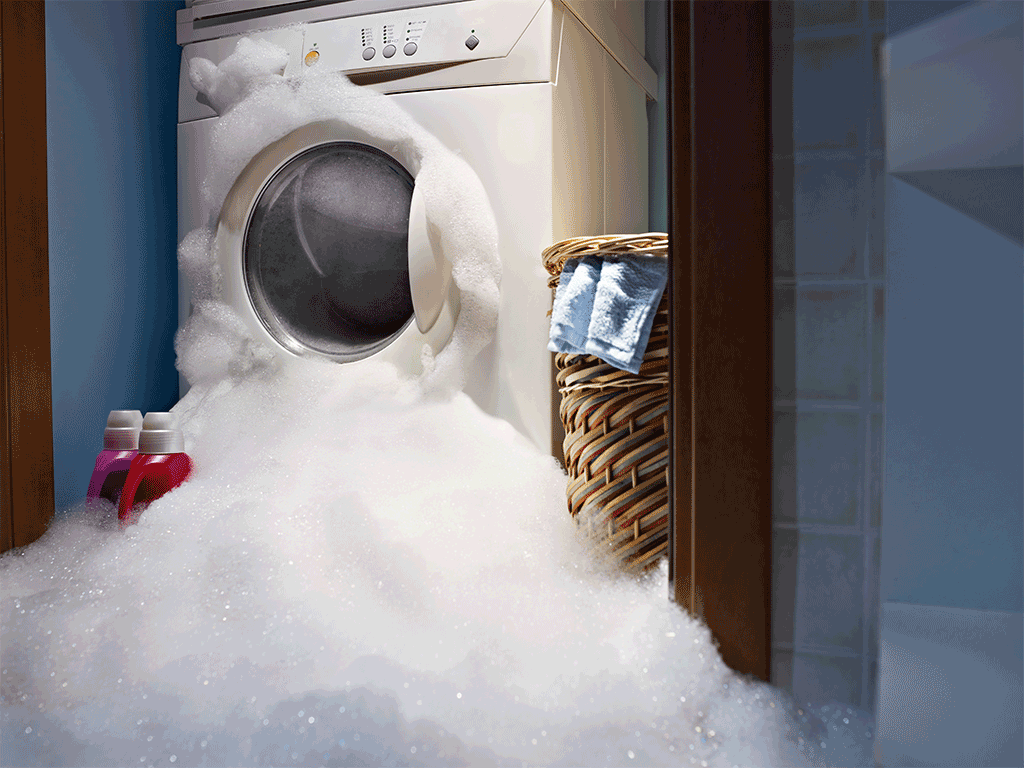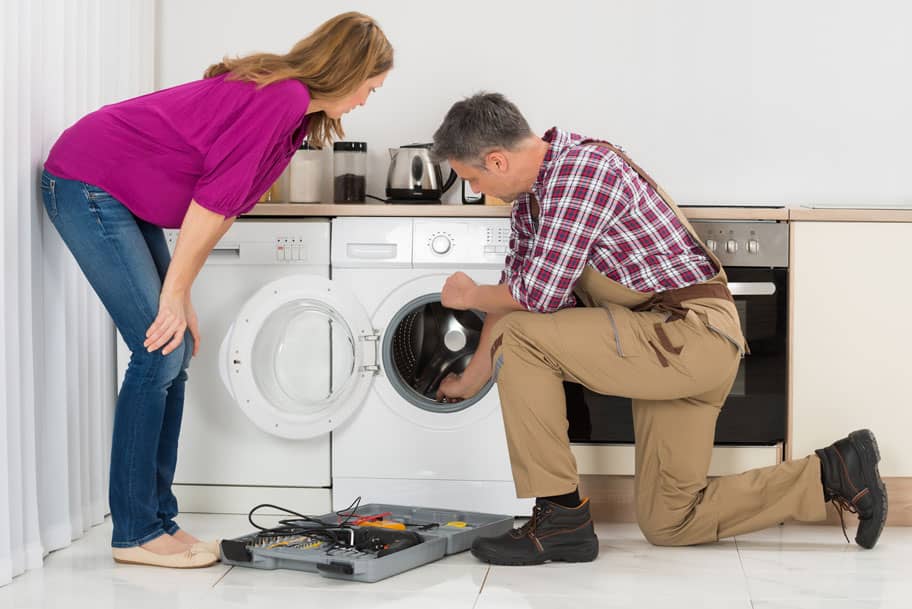Listed here down the page you'll find additional excellent resources about The Best Tips for Cleaning Up After A Washing Machine .

Exactly how you hand those priceless mins after your cleaning equipment leaks as well as floods can affect how quick your home gets recovered. Understanding what you should do and who to call can save you from considerable damage. It will certainly also aid assist you in declaring house owners insurance policy coverage. Have a look at these leading ideas below:.
Turn Off the Power.
Turn of the circuit breaker where the cleaning device is. It is essential to see to it the washer is off. Water is a conductor, and also doing this action ensures no person deals with electrocution. Besides, you must not use your washer up until a specialist service technician has actually inspected it.
Secure the Standing Water.
As you await the plumber or fixing technician ahead, you have to manage the flooding. If your washer remains in the basement with extensive flooding, you require a completely submersible pump to get the water. You can lease or obtain this. Nevertheless, if it occurs in the middle of the evening, the old pail approach will certainly also function. Usage several pails to manually dispose out the water. It would certainly be best if you did this today, as the longer the water stays, the a lot more substantial the damages.
Call the Pros.
If you believe the trouble is with your water line, you require to call a certified plumber. Nonetheless, if you are not exactly sure, call a washer repairman for a quick evaluation. He or she can inform you ideal what the problem is. Maybe a problem with the maker itself or the pipes linking to the equipment.
Document the Damages.
Prior to tidying up this emergency flooding circumstance, you need to record every little thing. Bear in mind, photos, and videos. It would be best if you had every one of this as proof to sustain your insurance cases. After that you can call your property owner's insurance policy provider to check what various other demands they require to process your request.
Vacuum Any Remaining Water.
Using a wet/dry vacuum cleaner, eliminate the remainder of the water, as well as pull it from permeable materials like baseboards, drywall, flooring, and carpets.
Switch Off Supply Of Water.
You have to switch off the water system of the maker. Whether it overruns for unidentified reasons, breaks down in the lower pipes, or tears the major tube, you will certainly be handling remarkable amounts of water. If the neighborhood supply line to the washing machine doesn't close it off, you should turn off the primary water shutoff outside your house.
Dry the Area as High As Possible.
After securing the standing water, obtain mops or old towels to suck out as much water from the flooring or rug. Keep the windows available to distribute the air. You might likewise make use of electric followers to accelerate the drying out process. Bear in mind, water will certainly trigger mildew and also mold growth which is dangerous to your wellness. If you feel that the circumstance is way too much to deal with, you can also look for water removal solutions from a remediation company. Your insurance policy claim could additionally assist spend for this solution, so just ask.
Bear in mind, a damaged washer with dripping pipes will lead to devastating damages as a result of the enormous quantities of water it can unload. Thus, it would aid to have your maker as well as water lines inspected yearly. You can look for assistance from a reputable plumber to change your supply line pipes. Doing assessments protects against stressful breakdowns as well as costly breakdowns.
MY WASHING MACHINE FLOODED THE HOUSE! WHAT SHOULD I DO?
STOP THE WATER
First things first, turn off the water. You’ll want to stop the flooding at its source, which is the washing machine’s water supply. Once you ensure the water is turned off, unplug your washing machine.
If there is standing water around the electrical plug, you may want to take an extra precautionary step and turn off the power before unplugging your washer to prevent electrical shock.
CLEAN UP WHAT YOU CAN
Next, you’ll want to clean up as much water as you can. Depending on how much your washer flooded this may take a lot of towels, but it is very important in ensuring you don’t have lasting washing machine water damage. For a large amount of water, using a wet vacuum and large fans for drying will be most effective.
EMPTY THE MACHINE
Once you’ve cleaned up the majority of the water from the overflow, you’ll want to remove any items from your washer, along with any leftover water that is still in your machine. This will give a you or a repairman the ability to analyze your machine and determine the cause of the washing machine overflow.
CALL IN THE EXPERTS
Depending on how washing machine-savvy you are, you may be able to determine the cause of the overflow yourself—maybe you notice a faulty hose, like we discussed earlier. But if you aren’t able to determine why your washing machine flooded, you’ll want to get someone in there who can.
FIX ANY WATER DAMAGE
Effects of water damage after a washing machine flood may include damage to surrounding areas, such as your floors, walls, or other close-by machines. And while visual damages might be the most noticeable, you’ll want to pay attention to smell as well. A “wet-dog” type of smell is normal at first and can usually be remedied by opening nearby windows to air-out the area.
However, if the smell lingers for more than three days, that’s an indication there is still water somewhere. Even after thoroughly drying the impacted area, water may be hiding in your floors or in the sheetrock in your walls, which can indicate mold. Call in a mold remediation professional to inspect your property for hidden moisture.
WHAT CAUSES WASHING MACHINES TO FLOOD?
Too much laundry soap. When it comes to how much soap you use, be sure to not exceed the recommended amount. Using too much soap can cause build up and clog your washing machine leading to overflow. Too many clothes. If you overload your washer with too many clothes, you may notice your washing machine becoming unbalanced—and making awful noises, like a spaceship getting ready to take off. This is an indication that your washer is out of alignment which can lead to a flood. Too weak or old of a hose—or other faulty washing machine parts. Washing machines rely on hoses to transport water to and from the washing machine. If one of the hoses becomes weak, faulty, or develops a crack, say hello to a flood. You’ll want to ensure your hoses are in good shape and properly connected so no water can leak out. It’s also important to check the washing machine draining mechanisms, as well as the door latches and seals. Making sure everything is in tip-top shape and proper working order will help keep your washer from flooding. https://www.servicemasterbyzaba.com/blog/washing-machine-flooded/

I discovered that blog posting about Washing Machine Flooding when doing a search on the web. I beg you take a moment to share this entry if you liked it. I cherish reading our article about Washing Machine Overflow .
Book Today!